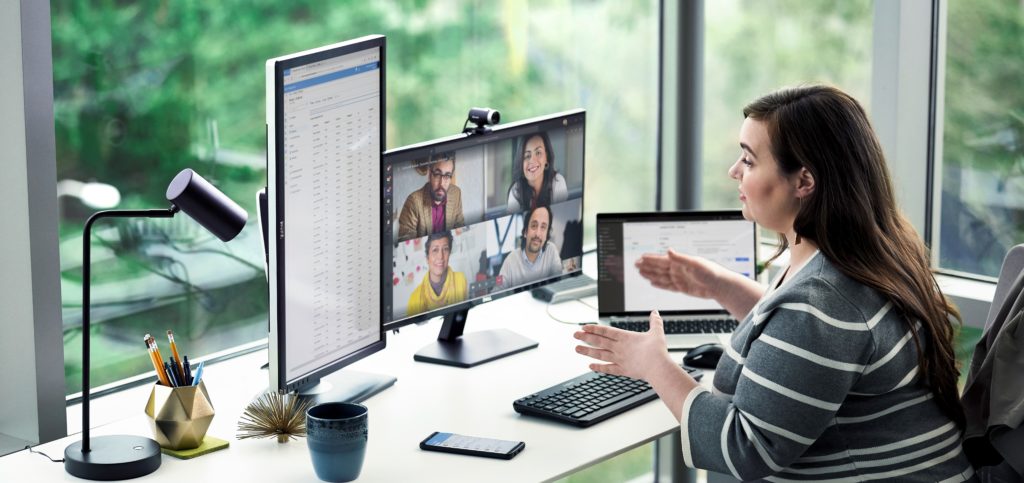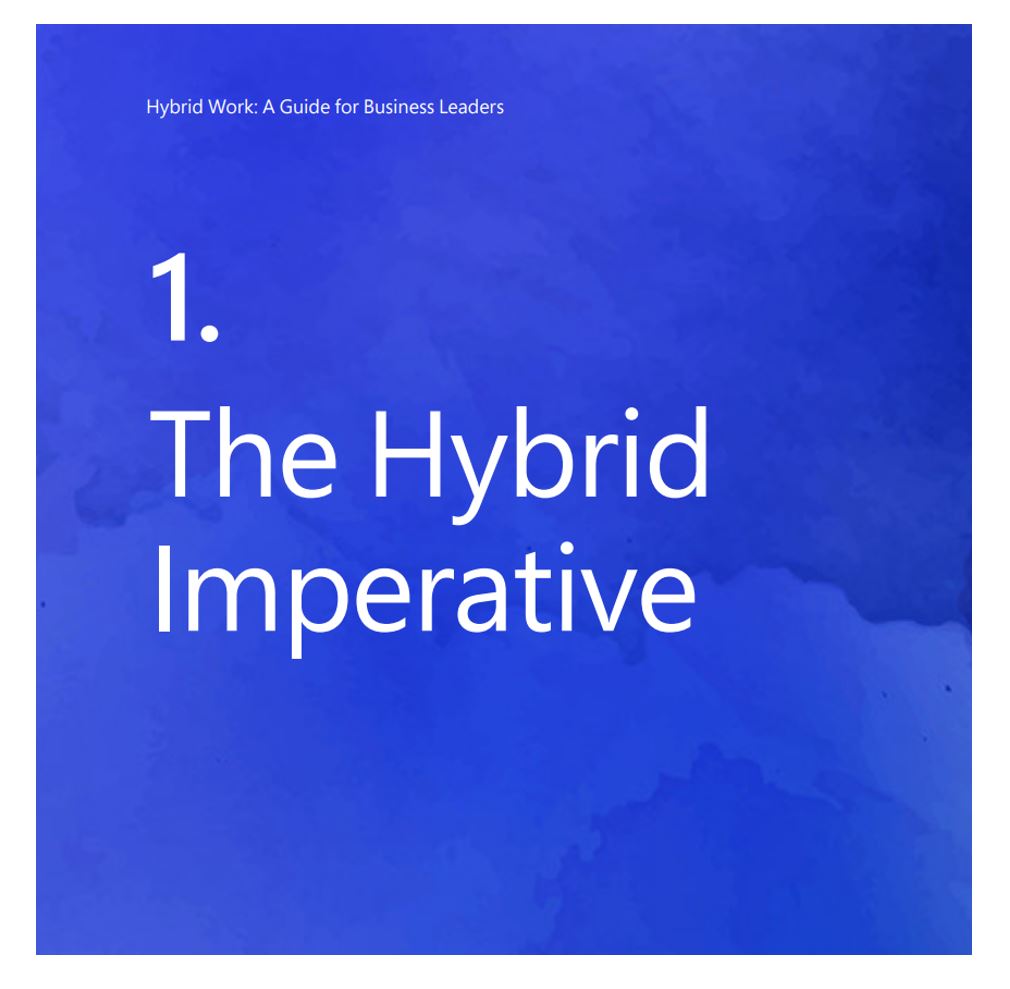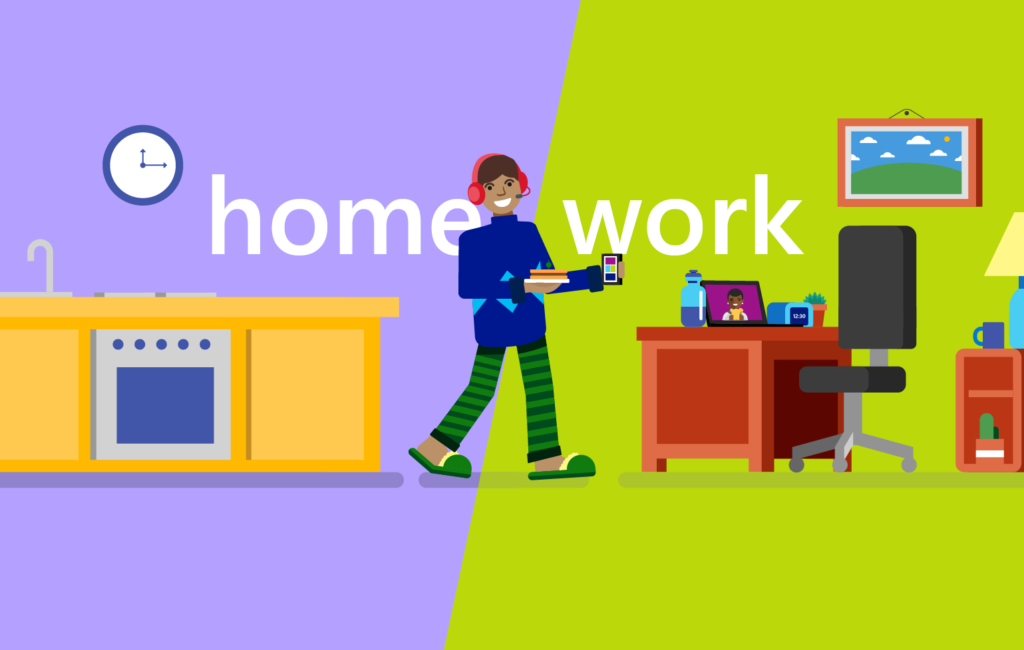Survey shows genders, generations and roles experience remote work differently

As many workplaces pass the one-year anniversary of their transition to remote work, Microsoft released its latest Work Trends Index, highlighting the impact this transition has had on employees and workplaces around the world.
As we close women’s history month, we’re highlighting some of the learnings about remote work’s impact on women from the Work Trend Index and other studies, and some recent case studies that show how companies can use data to help all employees thrive.
According to the WTI survey, there is a large gap between organizational leaders and their workers in terms of the reported impact of remote work, and key generational and gender differences as well. While 61 percent of leaders and decision-makers report they are “thriving” in the current remote environment, 60 percent of Gen Z workers and 56 percent of working moms reported that they are struggling with remote work. For women, juggling remote work along with parenting and caretaking responsibilities is a source of stress, while for Gen Z and early-career workers, loneliness and lack of access to the social networks normally developed in person create a heavy emotional load.
56 percent of working moms reported that they are struggling with remote work
Women represent the largest portion of recent job losses
We also recently shared “How to be a Glass Shattering Organization,” which noted that women represented approximately 80% of job losses in September 2020. The article highlighted the conflicts women face in the remote work environment, and how an emphasis on gender equity – including allowing women flexibility so they can respond to personal as well as professional priorities – helps organizations increase retention and build a foundation for long-term gender parity as well as a more engaged work force post-pandemic.
Women working longer hours, but switching off reduces stress
Microsoft VIVA customers have reported similar trends with regard to women and remote work. Using Microsoft VIVA in conjunction with survey data, Unilever detected a significant increase in after-hours work among women since the pandemic. Delving further into the data, they discovered that among those who were able to switch off and focus on something else during those extended workdays felt a greater sense of well-being and happiness than those who did not.
Down time enhances worker well-being
Similarly, using Microsoft VIVA along with employee surveys, LinkedIn found that infusing silence or quiet time into each worker’s day delivered a marked increase in well-being. Using data from Microsoft VIVA, LinkedIn was able to help employees discover and take action on insights that showed quiet time was a key to helping create a culture where people wanted to work.
“These insights are only going to become more important to help our talent have better well-being, and therefore be more engaged at work,” said David White, VP of People Analytics, Compensation and HR M&A at LinkedIn. “companies that do that, are the ones that are going to thrive.”
Advice for leaders
Although the pandemic is affecting different genders, generations and roles differently, all workers can benefit from taking time back in their day. When leaders emphasize flexibility for their remote workers and allow them to shut down and attend to other commitments, workers tend to report a greater sense of well-being, less stress, and a greater sense of engagement with work than for those who feel pressured to work straight through.





